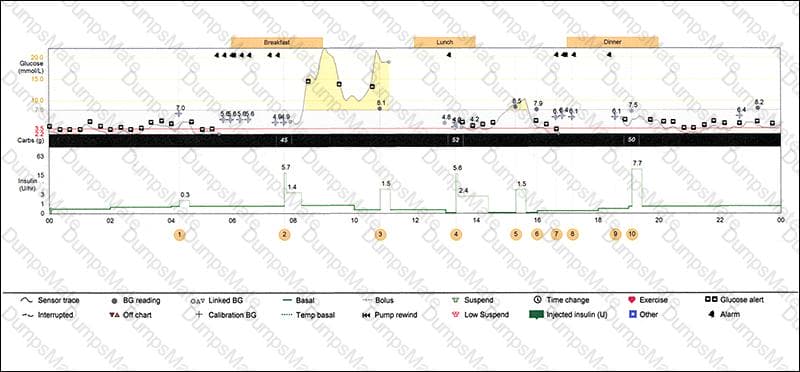A 78-year-old man presented with confusion, lethargy and thirst. He had hypertension treated with lisinopril 20 mg daily.
On examination, he was dehydrated. His pulse was 110 beats per minute and his blood pressure was 84/40 mmHg. Urinalysis showed ketones 1+.
Investigations:
serum sodium155 mmol/L (137–144)
serum potassium5.2 mmol/L (3.5–4.9)
serum bicarbonate17 mmol/L (20–28)
serum urea40.0 mmol/L (2.5–7.0)
serum creatinine358 µmol/L (60–110)
random plasma glucose78.0 mmol/L
He was treated with sodium chloride 0.9%. After 8 hours’ treatment, his urine output was 10 mL/h and his blood pressure was 121/50 mmHg.
Investigations (after 8 hours’ treatment):
serum sodium151 mmol/L (137–144)
serum potassium4.9 mmol/L (3.5–4.9)
serum bicarbonate18 mmol/L (20–28)
serum urea39.0 mmol/L (2.5–7.0)
serum creatinine347 µmol/L (60–110)
random plasma glucose48.0 mmol/L
What is the most appropriate next step in management?




